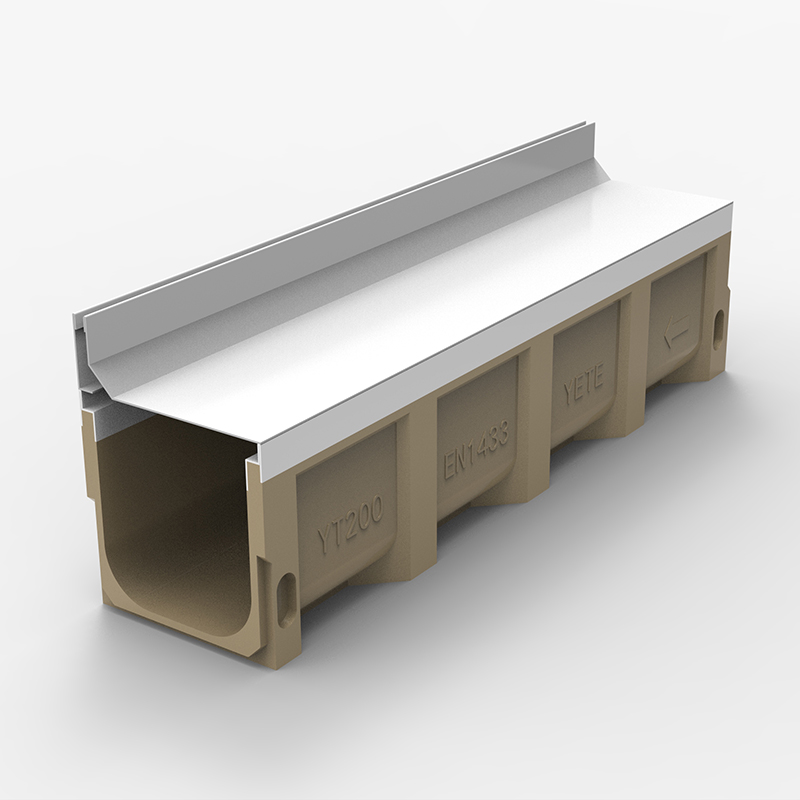High Quality Polymer Concrete Kerb Drainage
Curbing, also known as roadside kerb or curb, plays a vital role in urban infrastructure and landscaping. It serves multiple functions, finds diverse applications, and offers several advantages. Let’s explore the functionality, applications, and benefits of curbing:
Functionality:
Curbing primarily serves the following functions:
Boundary and Safety: Curbs act as physical boundaries, separating the road from sidewalks, parking lots, or other paved areas. They provide a clear visual and physical indication of the separation, enhancing pedestrian safety and preventing vehicles from encroaching onto pedestrian zones.
Drainage Management: Curbs are designed with a sloping profile to facilitate proper water drainage. They help direct rainwater or runoff away from the road surface, preventing water accumulation and reducing the risk of flooding or damage to the pavement.
Traffic Control: Curbs assist in traffic management by guiding vehicles along designated paths, preventing them from straying onto sidewalks or other unauthorized areas. They also help define parking spaces, control vehicle access, and provide guidance for turning maneuvers.
Aesthetics and Landscaping: The visual appeal of curbing enhances the overall aesthetics of streets, roads, and landscapes. It provides a polished and finished look to the surroundings, contributing to the overall appeal and value of the area.
Applications:
Curbing finds applications in various settings, including:
Urban Roads and Streets: Curbs are extensively used along urban roads and streets to separate vehicle lanes from pedestrian walkways, ensuring safety and efficient traffic flow.
Parking Lots: Curbing is employed to demarcate parking spaces, define driving lanes, and prevent vehicles from encroaching onto pedestrian areas or adjacent landscapes.
Landscaping and Gardens: Curbs are utilized in landscaping projects to create borders around gardens, flower beds, pathways, or recreational areas, adding structure and enhancing the visual appeal.
Commercial and Residential Developments: Curbing is commonly installed in commercial and residential areas to delineate spaces, control traffic flow, and enhance the overall aesthetics of the surroundings.
Advantages:
The advantages of using curbing in construction projects include:
Safety Enhancement: Curbs provide a physical barrier between vehicles and pedestrians, promoting pedestrian safety by clearly defining separate spaces.
Improved Drainage: Curbs with proper slope and design aid in efficient drainage, preventing water accumulation and minimizing the risk of water-related damage.
Traffic Organization: Curbing helps regulate traffic flow, guiding vehicles along designated paths and preventing unauthorized entry into pedestrian zones or landscaped areas.
Aesthetic Appeal: Well-designed curbing adds beauty and visual appeal to the environment, contributing to the overall attractiveness of the landscape or urban setting.
Durability and Longevity: Curbs made from durable materials, such as concrete or stone, offer long-lasting performance, withstanding heavy traffic, weather conditions, and other environmental factors.
In conclusion, curbing serves as an essential component of urban infrastructure, offering functional, aesthetic, and safety benefits. Its applications range from roadways to parking lots and landscaping projects. By incorporating curbing into construction projects, developers can enhance safety, improve drainage, organize traffic, and elevate the overall appeal of the surroundings.









